Who are the world’s greatest mountaineers? We look at the former greats and up and comers
Our mountaineering expert considers the world’s greatest mountaineers throughout history, as well as casting an eye on those making waves today

The world’s greatest mountaineers are those who’ve forged their own path on Planet Earth's most formidable mountains, breaking down the boundaries of what was perceived to be possible and doing so with the spirit of pure adventure. These are the men and women who've dared to go where others wouldn't time and time again, forging exciting new routes and standing high on previously unclimbed peaks.
It could be argued that those who live long enough to achieve this status are also the lucky ones, those that have survived the many objective dangers present in the high mountains. The list of potential legends cut down in their prime is long, containing the likes of George Mallory, Alison Hargreaves, Ueli Steck and Marc-André Leclerc, just to name a few.
It’s an almost impossible task, comparing the seemingly impossible accomplishments of the mountain elite. It almost feels churlish, sat here in my comfy office chair, to neglect to mention so many worthy climbers and mountaineers who’ve achieved astonishing feats on the world’s peaks.
So, please judge this selection of the world’s greatest mountaineers kindly. It’s a celebration of incredible achievements, rather than a hard-and-fast definition of the very greatest, a definition that by its very nature could never exist.
The world’s greatest mountaineers
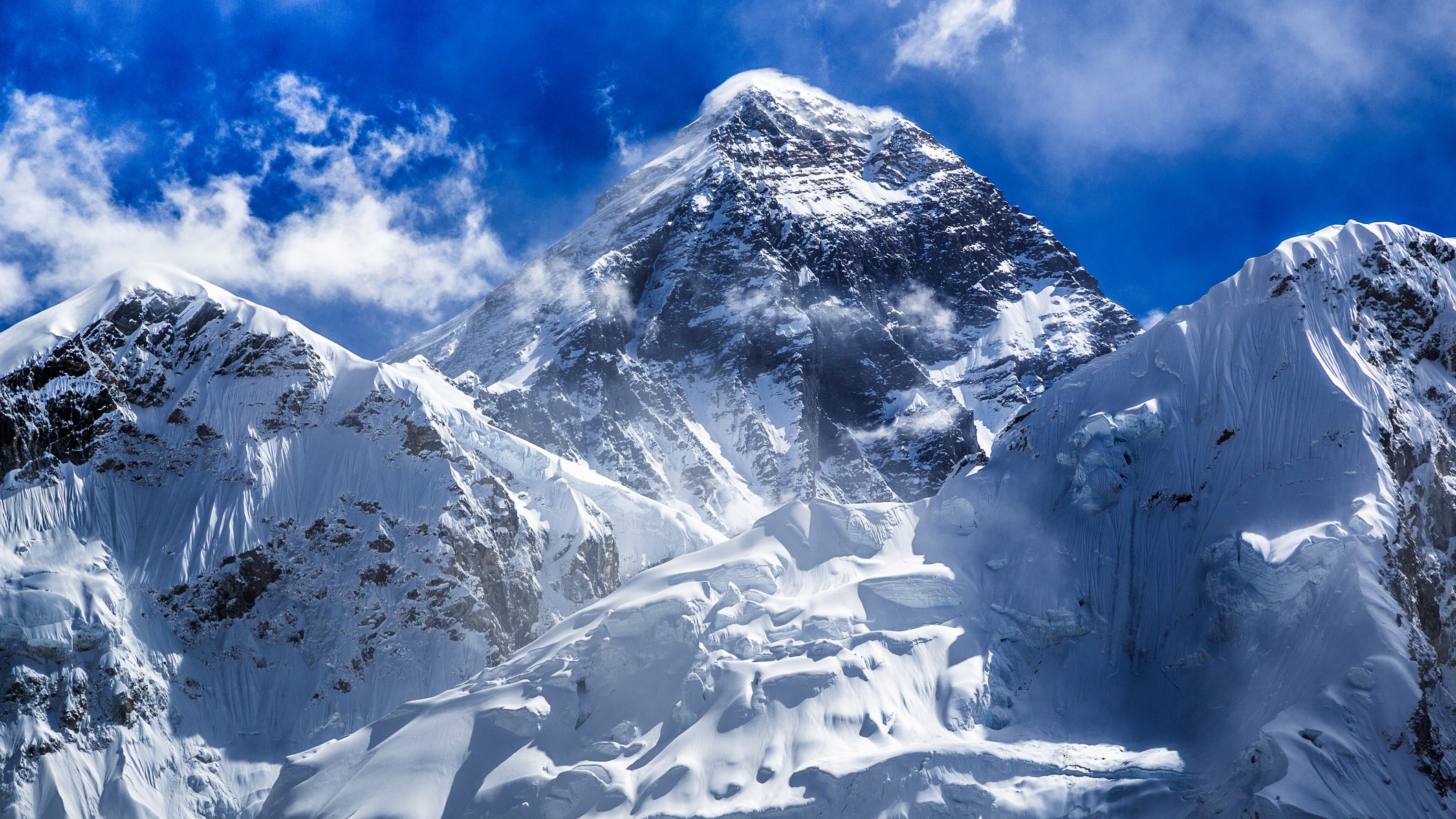
Here’s a brief overview of the world’s greatest mountaineers, as well as the present day's ones to watch. Click the links to read more, or scroll down this feature.
Reinhold Messner: The Tyrolean legend widely considered to be the greatest of them all.
Walter Bonatti: The Italian was the epitome of what an alpinist should aspire to be.
All the latest inspiration, tips and guides to help you plan your next Advnture!
Catherine Destivelle: The French sport climbing great who evolved into a daring solo alpinist.
Junko Tabei: Trailblazing Japanese mountaineer and the first woman to climb Everest.
Jerzy Kukuzcka: Polish high-altitude legend with many first ascents and winter summits.
Conrad Anker: American great who famously discovered George Mallory’s body.
Sir Chris Bonington: English pioneer who achieved a string of bold first ascents.
Marko Prezelj: Prolific Slovenian mountaineer using alpine tactics in the Himalayas.
Paul Ramsden: Unassuming Brit who holds a record of 5 Piolet d’Or awards.
Contemporary greats:
Kilian Jornet: Superhuman mountain runner who keeps toppling records.
Nimsdai Purja: High-altitude expert, record breaker and led first winter ascent of K2.
Andrzej Bargiel: Speed demon who ascends and then skis down from the world’s highest peaks.
Nicolas Hojac: Prodigious Swiss speed mountaineer who set speed record on the Eiger, along with Ueli Steck.
Meet the expert

Alex is a keen mountaineer and former President of the London Mountaineering Club. He’s happiest in either Scotland’s winter mountains or taking on Alpine 4,000ers on the European continent. He’s also something of an armchair mountaineer and revels in following the progress of the alpine elite.
Reinhold Messner
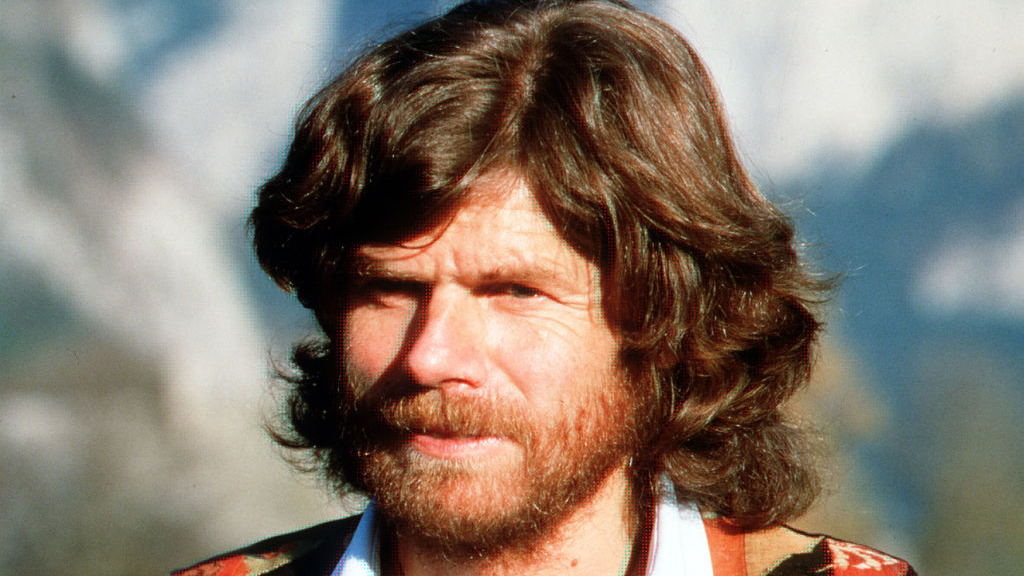
The mountaineer’s mountaineer, Messner (born 1944) is widely regarded by those who’ve made big mountains their business as the greatest of all. Doing justice to the mighty Tyrolean’s achievements in summary form is quite a fraught process, but let’s give it a go anyway.
In 1978, he was the first person to climb Everest solo and without using supplementary oxygen, and he’d go on to the be the first to climb all the world’s fourteen 8,000-meter peaks, again without supplementary oxygen. He finished in 1986, a staggering feat for the time. However, long before he’d set his sights on the Himalaya and Karakorum range, the young Messner was prolific in his native Italian Dolomites and across the Alps, leading in excess of 500 ascents and garnering a formidable reputation. His flirtation with higher peaks began in 1969 when, along with fellow great Peter Habeler, he made the first ascent of Yerupaja east face in the Andes.
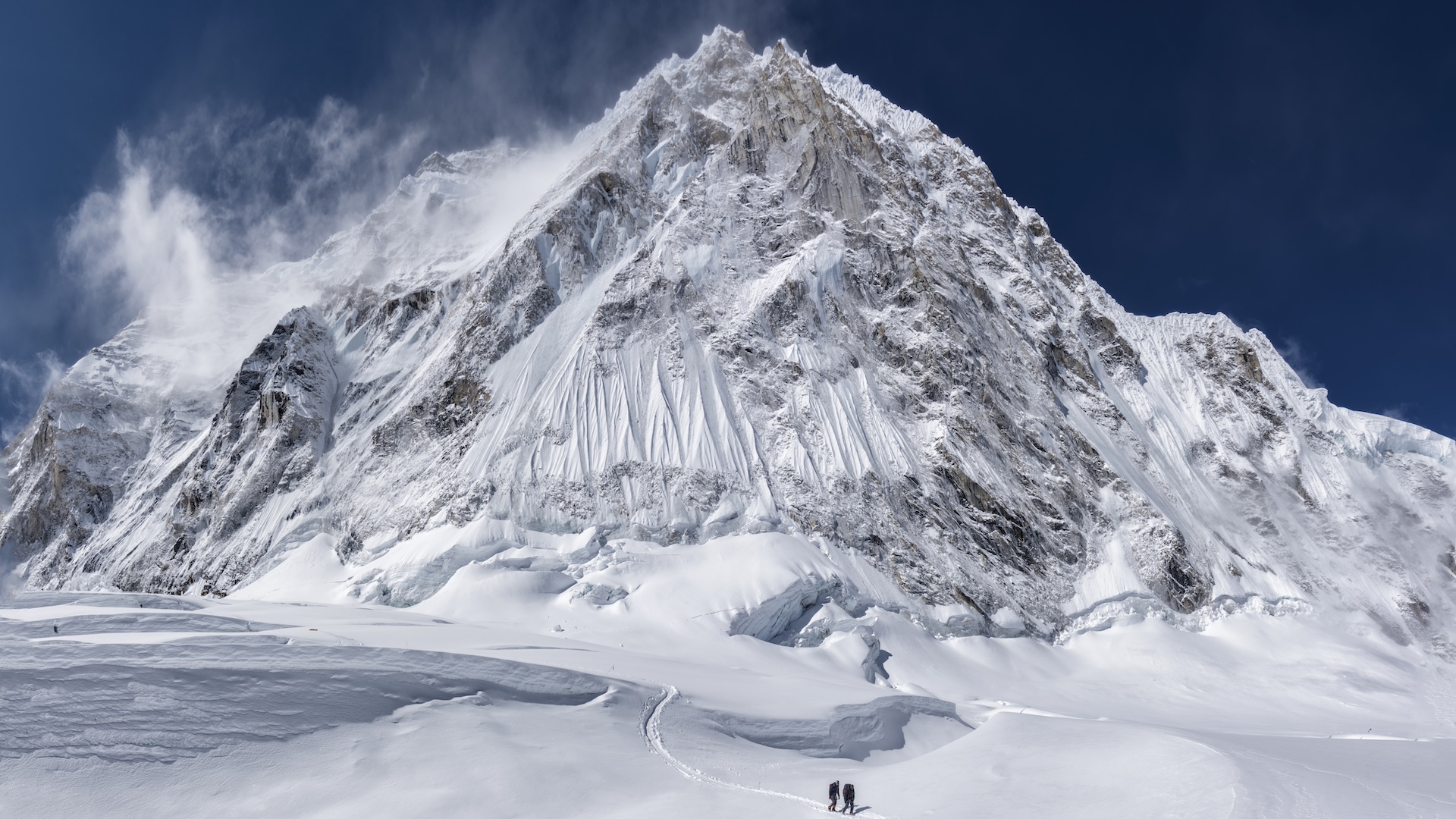
In 1970, his first Himalayan expedition ended in tragedy. Having ascended Nanga Parbat’s ludicrously difficult Rupal Face, he and his brother Günther were unable, or unwilling, to descend the way they’d come, instead descending the Diamir Flank. Having become separated from each other, Günther was killed in an avalanche and Messner lost seven toes to frostbite. Some accused Messner of choosing this daring descent route, thus completing a remarkable traverse of Nanga Parbat, to raise his own profile, though endangering his less experienced brother in the process. Messner disputes such a claim vehemently.
Many other impressive achievements followed, even in the wake of the completion of the 8,000-meter peaks. As a figure who wields significant respect in the outdoor community, Messner is outspoken in his attitude towards mountaineering ethics and asserts that climbs should be achieved ‘by fair means’. He disdains the use of supplemental oxygen, fixed lines, support from others and what he calls the ‘tourism’ seen on the highest mountains of the world in this day and age. In his view, the pinnacle of mountaineering now takes place on lesser-known 7,000-meter peaks by small teams using a fast-and-light alpinist approach.
Walter Bonatti
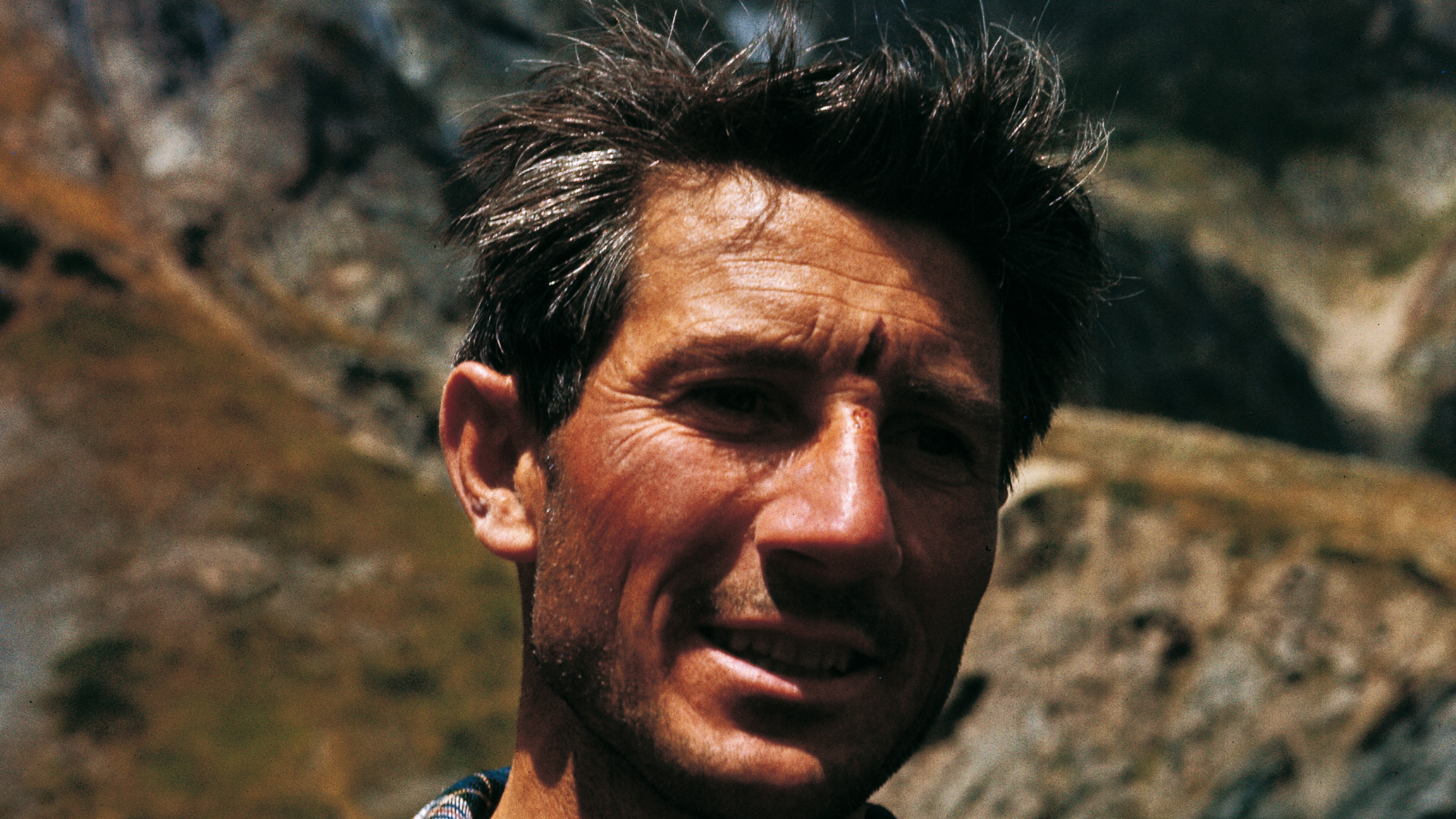
When the world’s most prestigious mountaineering award ceremony, the Piolets d’Or names its Lifetime Achievement prize in your honor, you must be something special, right? Walter Bonatti (1930 – 2011) had a rollercoaster career: from his epic during the first ascent of K2 and the subsequent controversy, to stunning ascents of the Dru, Gasherbrum IV and the north face of the Matterhorn.
A prodigious talent in his younger years, he was an obvious choice for the Italian expedition to K2 in 1954. Aged just 24, it was thought that Bonatti was the strongest among the team and could have achieved the first ascent without the use of supplementary oxygen, though Lino Lacedelli and Achile Compagnoni were the ones chosen for the summit push. Bonatti’s role was to deliver oxygen cylinders to a high camp, which Lacedelli and Compagnoni moved further up the mountain so that Bonatti would have no chance of joining them for the summit. Bonatti and his Hunza companion Amir Mehdi spent a night exposed to terrible conditions in the ‘Death Zone’, above the 8,000-meter mark. Although Lacedelli and Compagnoni were successful in their summit bid and Italy achieved a historic first ascent of K2, it was marred by the controversy of what had transpired.
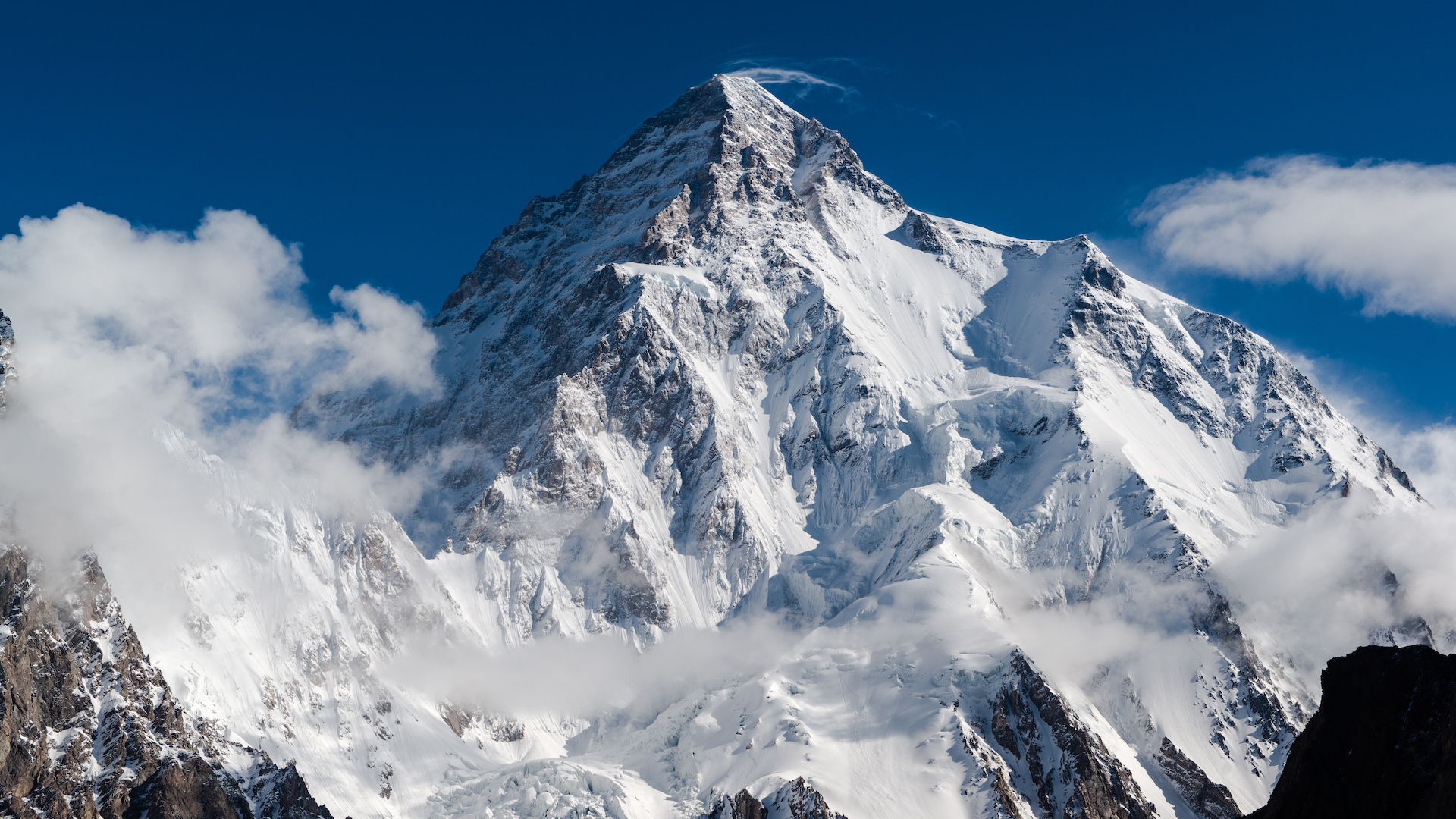
Bonatti became less trusting of others after K2 and much of his subsequent achievements were staggering solo feats. In 1955, he achieved one of the masterpieces of climbing history on the Aiguille du Dru, a magnificent rock pinnacle above the Chamonix Valley. The hugely intimidating route took five days, with Bonatti grappling with vertical sections and extreme technical difficulties. After his climb, the route become known as the Bonatti Pillar, though a huge landslide totally obliterated it in 2005.
Many great climbs in the Alps followed, as well as expeditions to Patagonia. In 1958, he and Carlo Mauri achieved an alpine style, first ascent of Gasherbrum IV, the world’s 17th highest mountain at 7,925 meters. Bonatti signed off from elite climbing with a bang in February 1965, when he climbed the Matterhorn’s North Face solo, a hugely challenging ascent that was way ahead of its time.
Bonatti died of pancreatic cancer in 2011, at the age of 81.
Catherine Destivelle
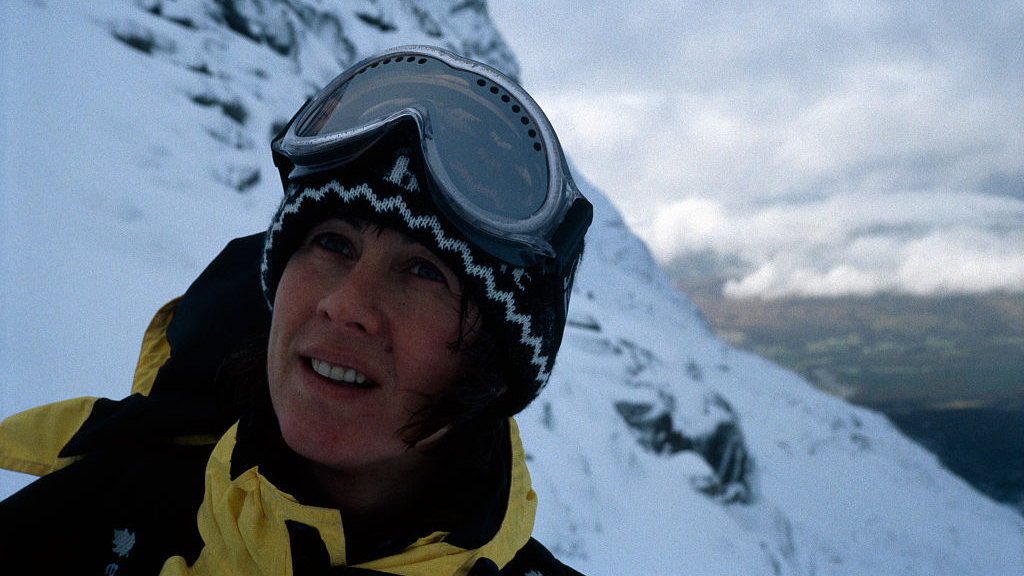
The first female recipient of the prestigious Waler Bonatti Lifetime Achievement Award at the Piolets d’Or, Catherine Destivelle (born 1960) is considered one of the great female mountaineers. Born in French Algeria, she was one of the world’s leading sport climbers in the 1980s, vying with the likes of American’s Lynn Hill. However, in the 1990s, she turned her attention to alpinism, going on to achieve great things in the Alps and Greater Ranges, including a number of staggering free solo accomplishments.
In 1991, she pioneered a new route on the Petit Dru, taking 11 days to conquer the line that is now named the Voie Destivelle in tribute to her accomplishment. She followed in Walter Bonatti’s footsteps in February 1994, climbing the North Face of the Matterhorn, solo and in winter. This made her the first woman in history to complete the winter trilogy of great alpine north faces.
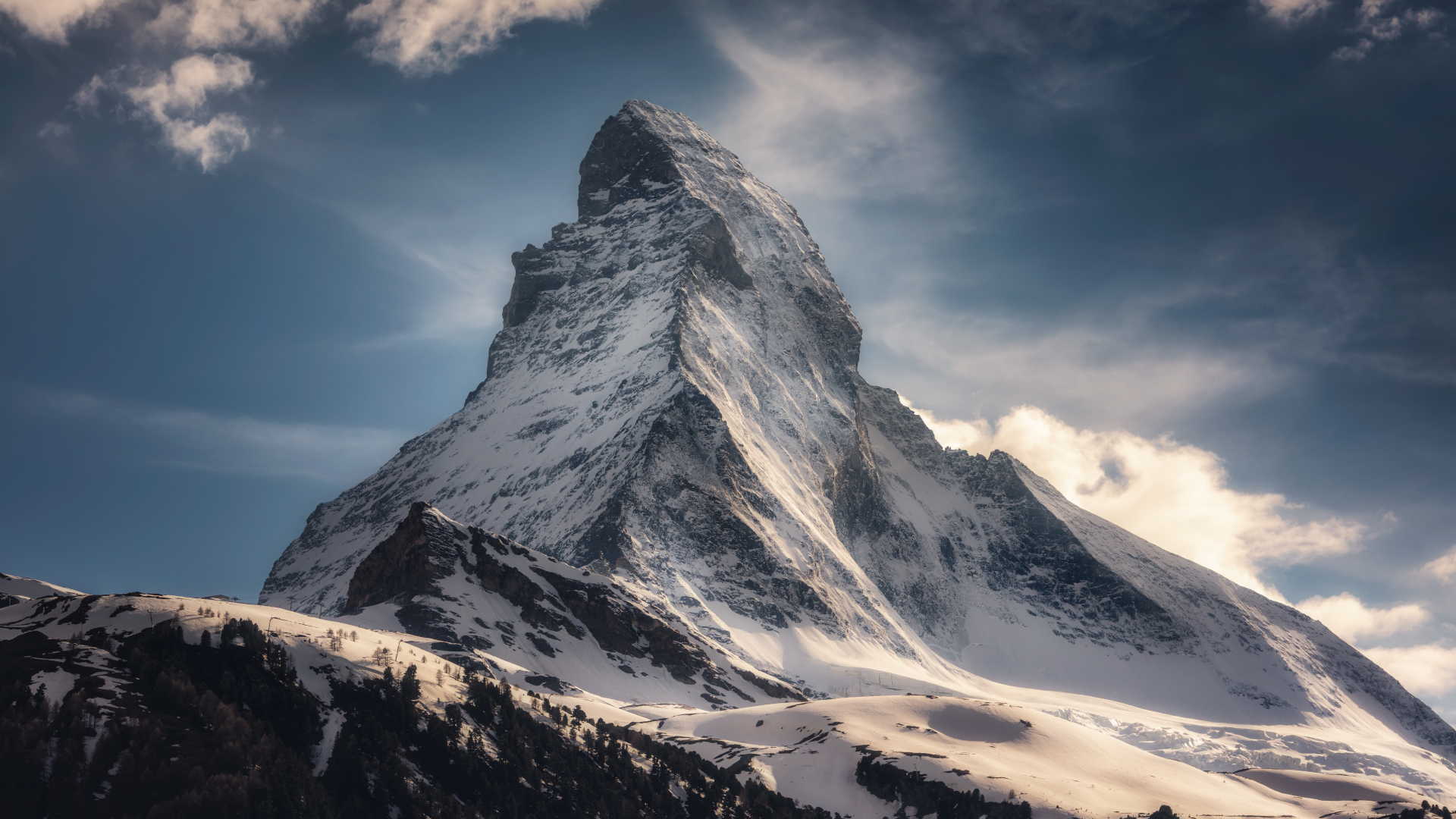
She’d often team up with American great Jeff Lowe for expeditions to the Greater Ranges and achieved notable ascents, such as the Yugoslav Route on Karakorum’s Nameless Tower in 1990. There was more success on the southwest face of Shishapangma in 1995, alongside Erik Decamp, who she’d go on to marry in 1996.
Junko Tabei
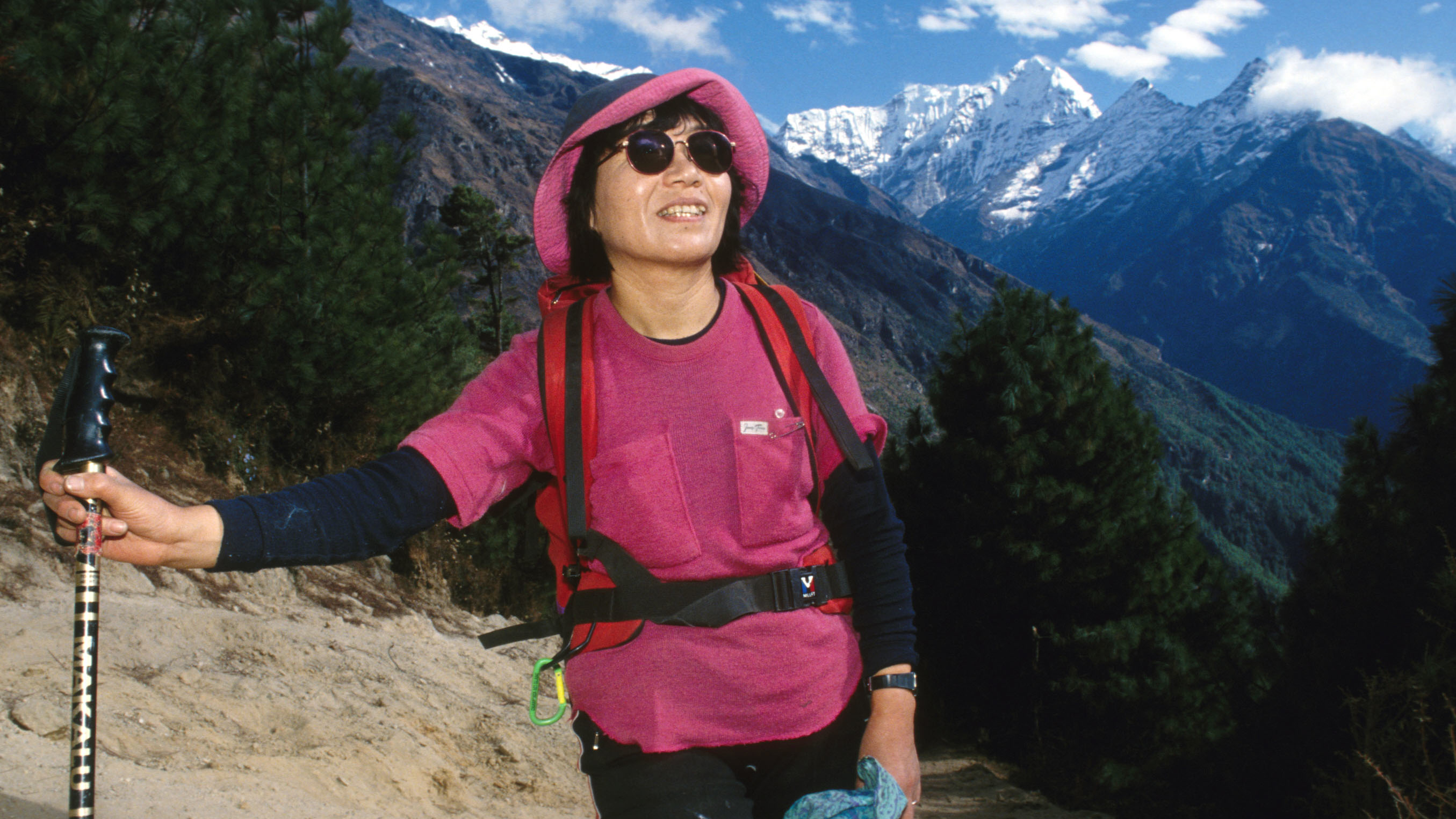
Japan’s Junko Tabei (1939 – 2016) blazed a trail for female mountaineers across the world, becoming the first woman to climb Everest in 1975. She then went on to become the first woman to climb the Seven Summits, finishing on Puncak Jaya in 1992. A champion of all-female expeditions, Tabei was part of over 40 throughout her climbing career. She has a mountain range on Pluto named in tribute to her accomplishments.
Jerzy Kukuzcka
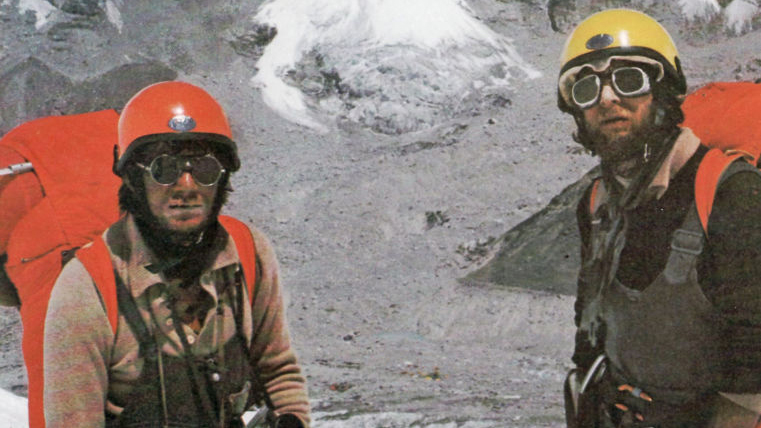
What set Polish legend Jerzy Kukuzcka (1948 – 1989) apart from others taking on the world’s fourteen highest mountains is that he’d usually tackle them via new, unclimbed routes, often in winter or using alpine, fast-and-light tactics, rather than the traditional siege tactics of big expeditions. After Reinhold Messner, he became only the second person to successfully climb all 14 in 1988, when he ascended Annapurna East’s south face by a previously unclimbed route. Everest aside, he also achieved the climbs without supplementary oxygen. He died in a tragic accident on Lhoste in 1989 after his secondhand rope failed to hold him after a fall.
Conrad Anker
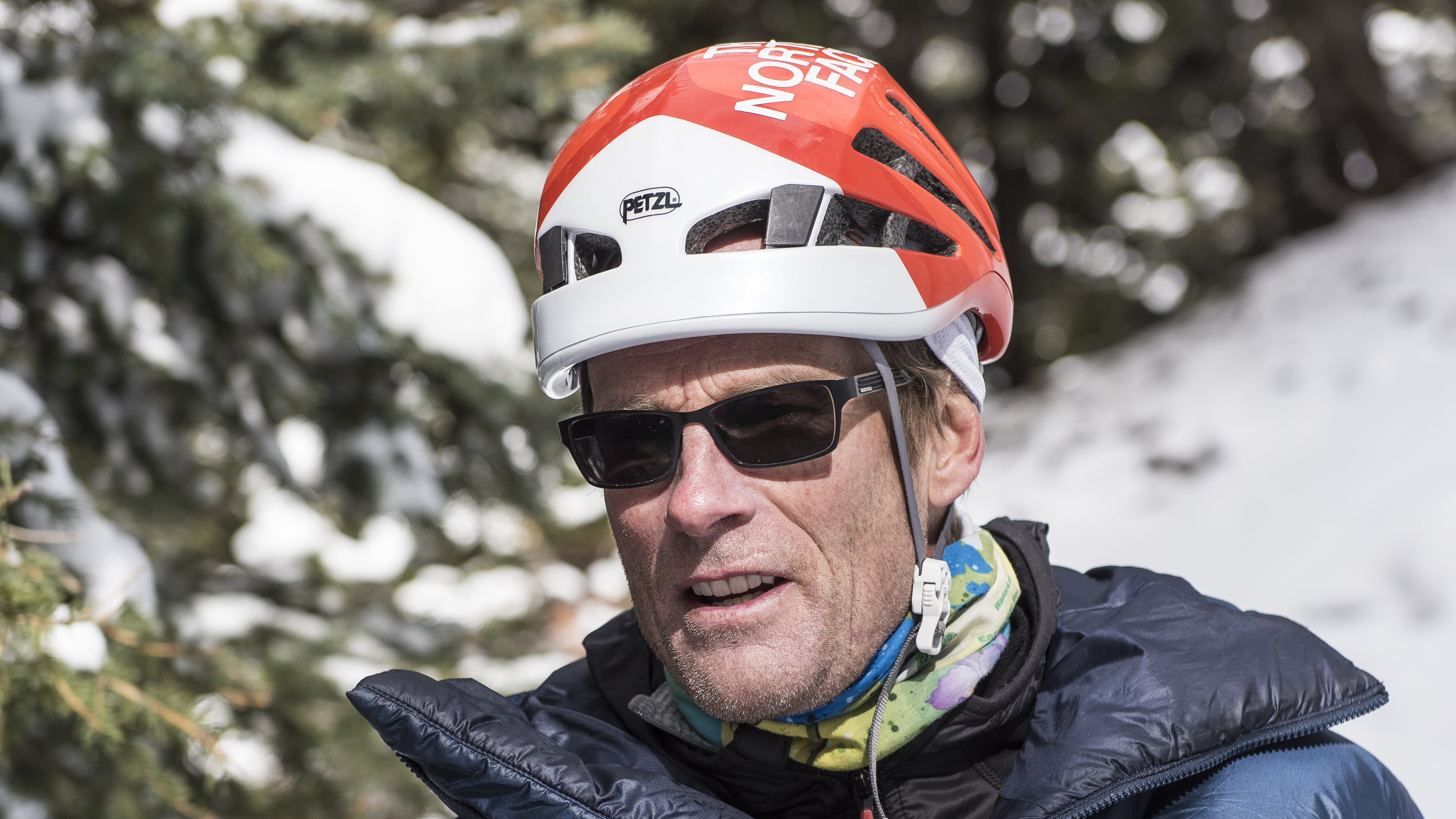
Conrad Anker (born 1962) is one of the most famous American mountaineers and is known for being the man who found George Mallory’s body on Everest in 1999. His list of ascents and expeditions is impressive, from remote ranges in Alaska to stunning granite spires in Patagonia. His triumphant 2011 ascent of Meru’s Shark’s Fin, alongside Jimmy Chin and Renan Ozturk, was the subject of the acclaimed film Meru, which is a firm favorite in our best climbing films selection. Anker has stepped aside from high-altitude mountaineering, having suffered a heart attack in 2016 during an attempt to climb Nepal's Lunag Ri alongside the since deceased David Lama.
Sir Chris Bonington
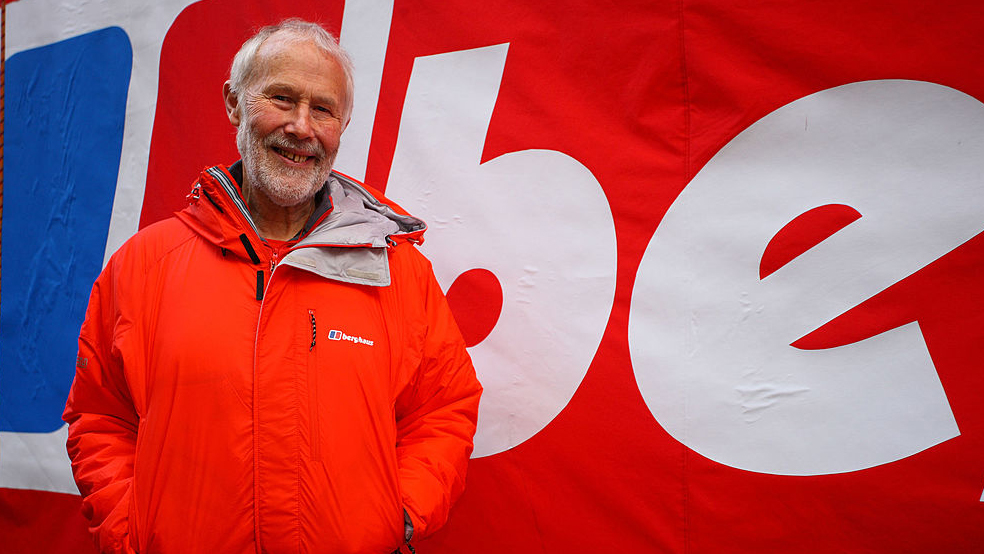
Sir Chris Bonington (born 1934) is a name is synonymous with the golden age of British high-altitude climbing, at a time of great progress in the exploration of the Greater Ranges. His string of first ascents and accomplishments are many, from the spectacular Annapurna II in 1960, and Patagonia’s sheer Central Tower of Paine in 1963, to a stunning ascent of Changabang in the Garhwal Himalaya in 1974 and the epic on The Oge (Baintha Brakk) with Doug Scott in 1977.
Bonington celebrated his 90th birthday earlier this year.
Marko Prezelj
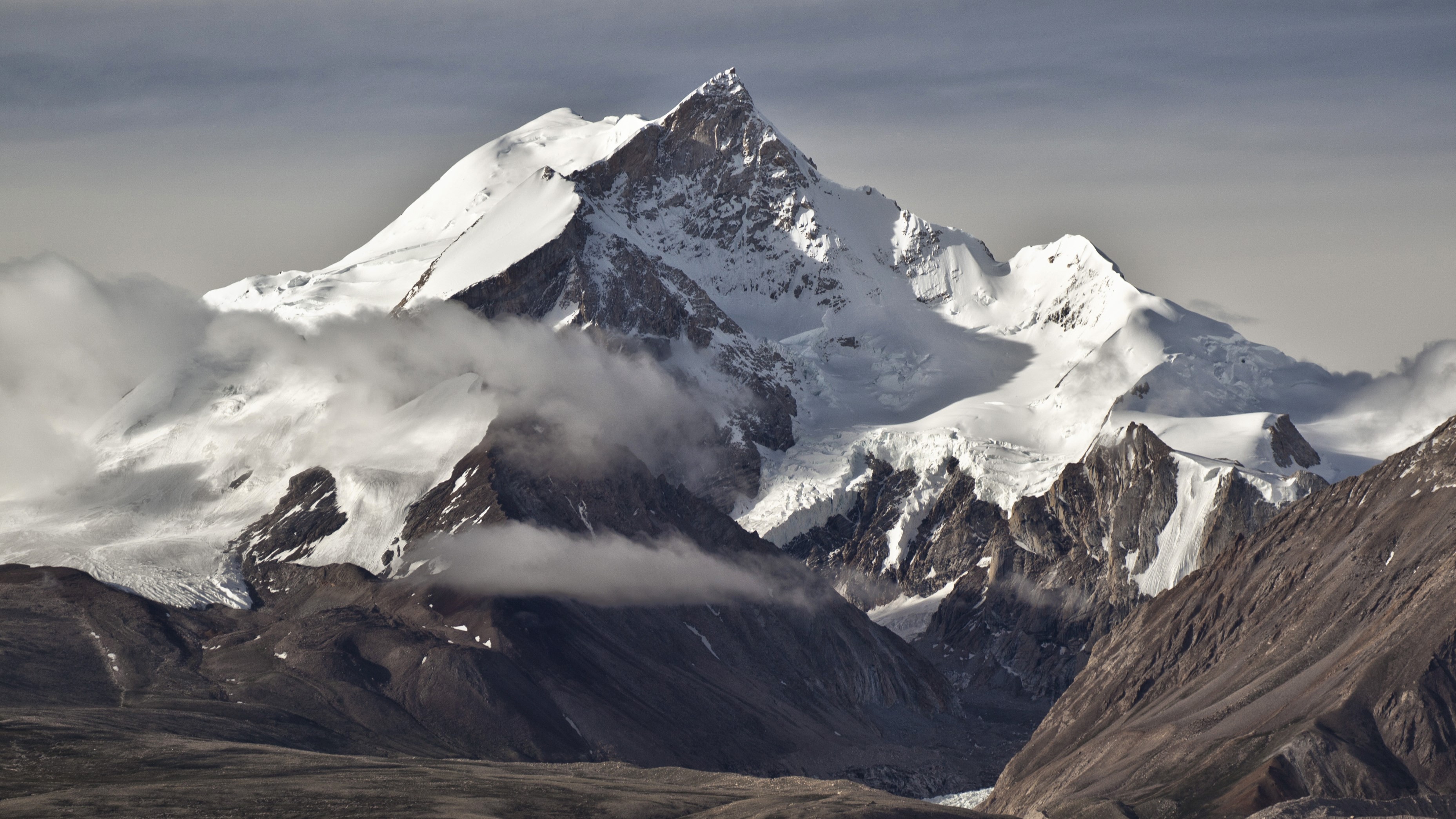
Slovenians have a formidable reputation when it comes to mountaineering, perhaps due to the love the nation’s people have for its native Julian Alps. The most decorated Slovenian alpinist is Marko Prezelj (born 1965), who won the inaugural Piolet d’Or award, considered the ‘Oscars of mountaineering’, in 1992 and has gone on to win the prize on four occasions. However, he and the awards have not always seen eye to eye and he was at the center of the controversy that surrounded the 2007 event, refusing to accept the prize after the input of the international jury was ignored by Montagnes Magazine when choosing the winner. A veteran of technical 7,000-meter peaks in the Himalayas, he’s exactly the kind of mountaineer that Reinhold Messner admires, constantly seeking to climb new exciting routes on the world’s lesser-explored high mountains.
Paul Ramsden
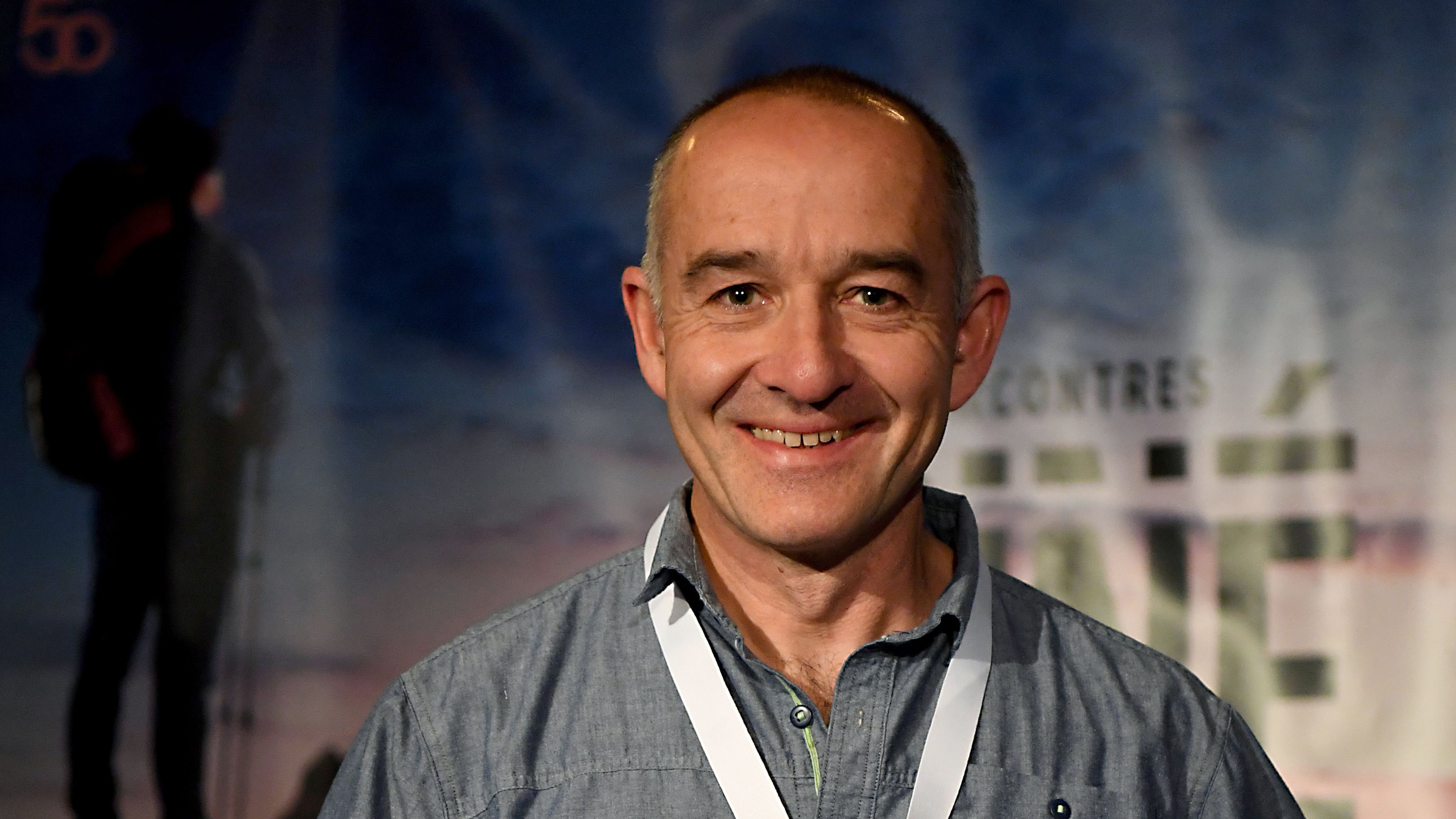
Paul Ramsden (born 1969) was described by Britain’s Financial Times newspaper as the ‘most decorated mountaineer ever’, based on the fact that he holds the record for scooping up five Piolet d’Or awards during his career. The notably publicity-shy Ramsden specializes in hard, technical mountaineering routes on lesser 7,000-meter peaks in the Himalaya.
Kilian Jornet
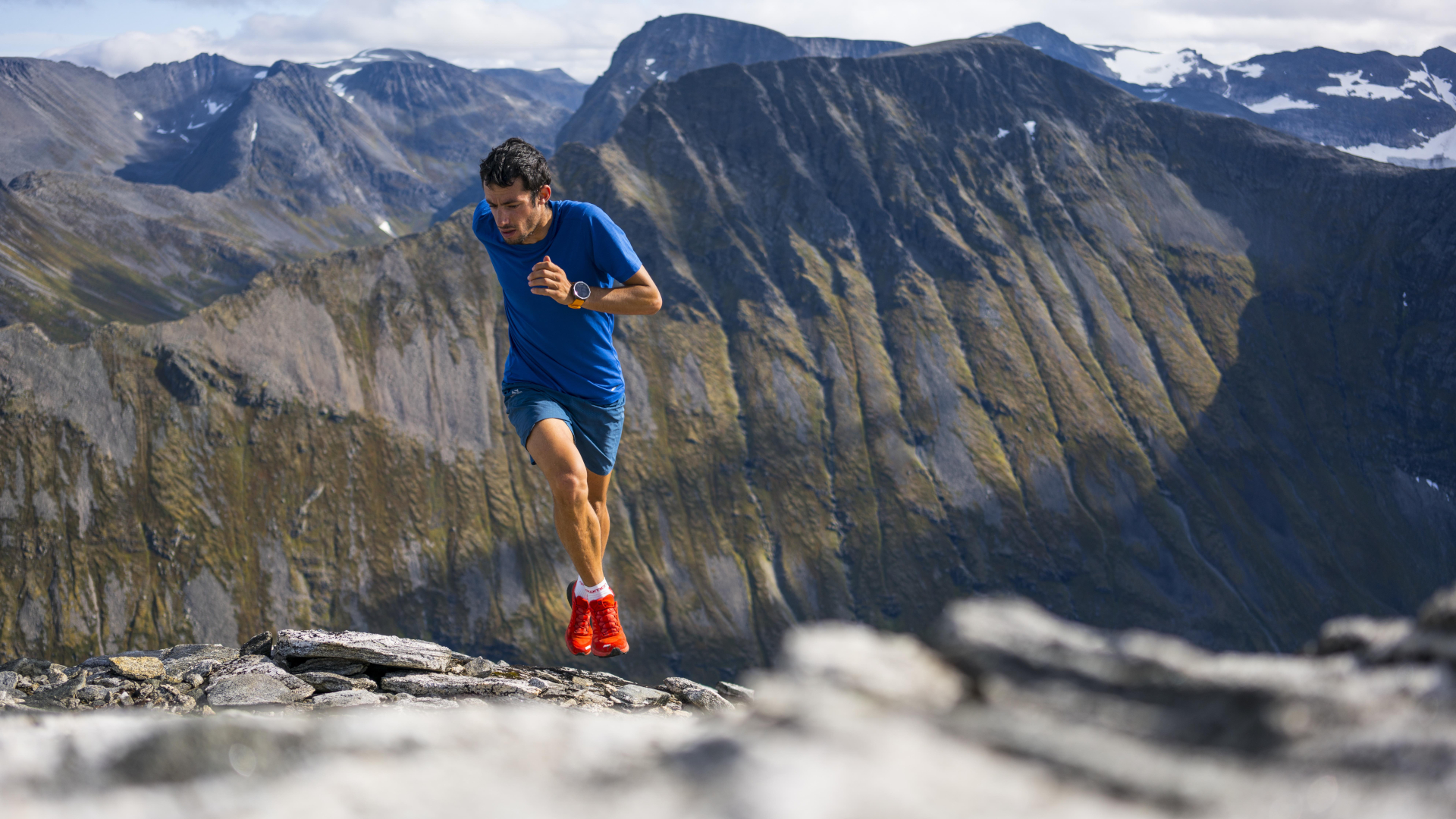
Kilian Jornet (born 1987) is a different kind of adventurer altogether. Most people probably wouldn’t identify him as a mountaineer. Yet to label him as a runner, which most probably would if they had to choose one word, is also a flawed view. There are greater mountaineers out there in terms of achievements on technical peaks in the Greater Ranges. However, Kilian’s blistering speed and incredible feats of endurance make him very difficult to ignore. He’s simply a superhuman athlete who has redefined what’s possible when it comes to going fast in the mountains.
He grew up in a Pyrenean mountain hut, was stood on his first alpine 4,000er at the age of six and soon went on to win countless races on skis and on foot. He’s claimed victory at the Ultra-Trail du Tour du Mont-Blanc (UTMB) an incredible four times.
However, it’s his exploits on, not around, the mountains that warrant his inclusion here. Various FKTs have tumbled at his hands (or feet), including the Matterhorn and Mont Blanc. In 2017, he ascended to Everest’s summit twice in a single week and without supplementary oxygen, taking just 26 hours from base camp. In 2024, he astonished everyone by climbing all 82 peaks in the Alps over 4,000 meters without mechanical assistance in just 19 days. I reckon we can safely say he’s a mountaineer – and a pretty good one at that.
Nimsdai Purja
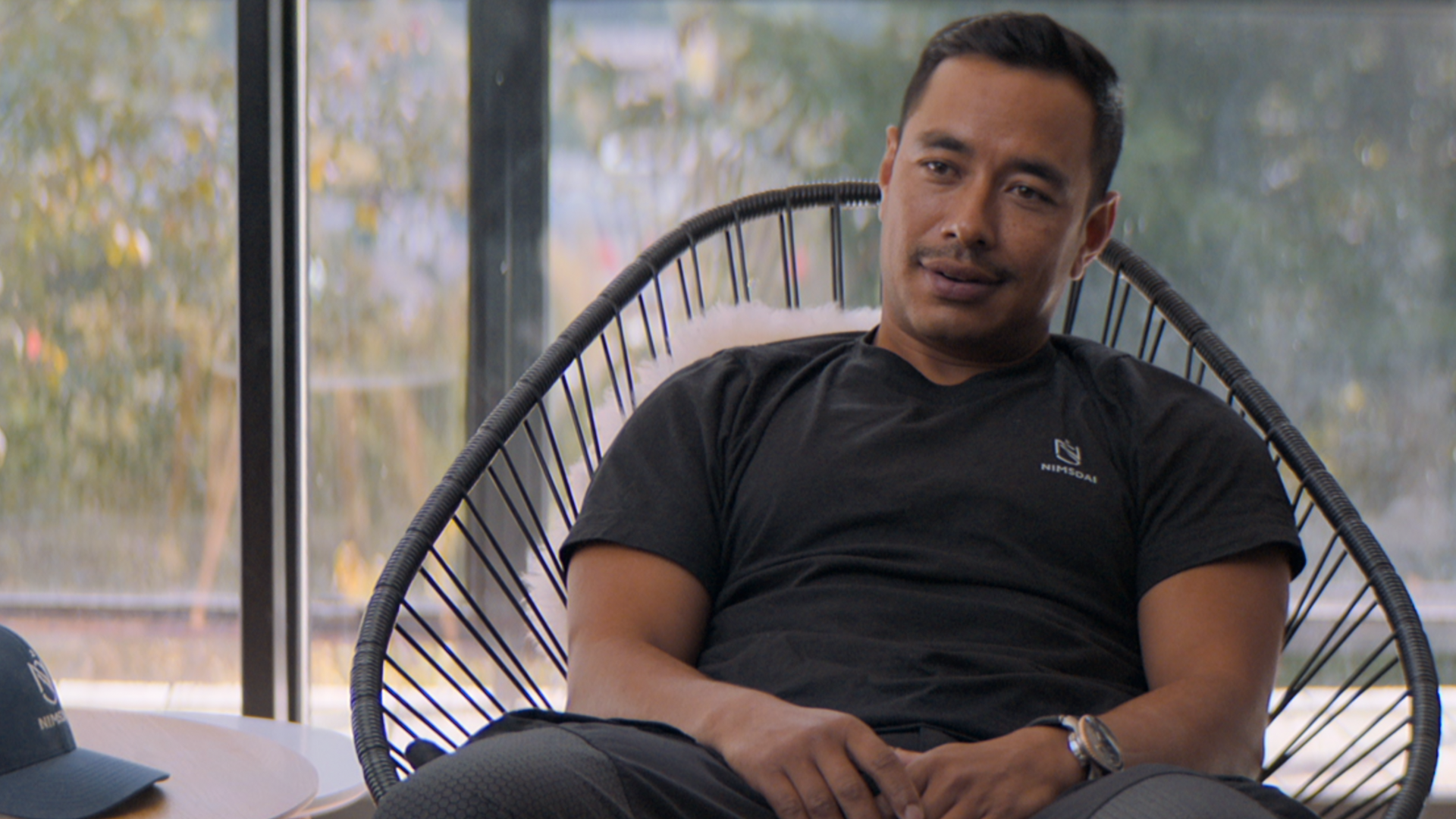
You’d have to have been living under a rock to have not heard of the remarkable achievements of Nismdai Purja (born 1983). In 2019, the Nepali stunned the mountaineering world by climbing all fourteen 8,000-meter peaks in less than seven months. He then went on to lead the first winter ascent of K2, one of the last great prizes in high-altitude mountaineering, in 2021. In 2024, two separate allegations of sexual assault were made against Purja, which he claimed were ‘false and defamatory’.
Andrzej Bargiel
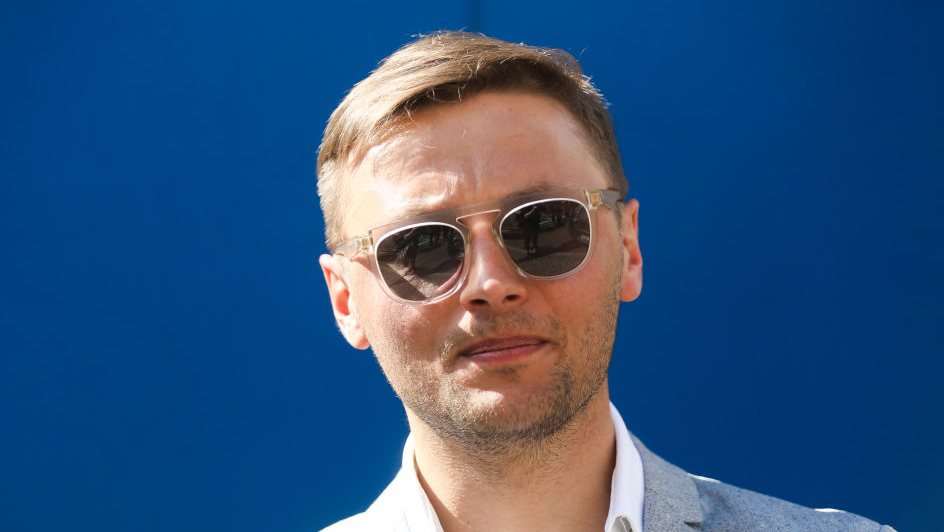
In the world of ski mountaineering, Andrzej Bargiel’s (born 1988) star is shining bright at the moment. Like Kilian Jornet, the Pole excels when it comes to speed and has achieved stunningly fast ascents on some of the world’s highest mountains, such as K2, Shishapangma, Manaslu and Broad Peak, before skiing down them. In 2023, he achieved the incredible feat of ascending and then skiing down all four 8,000-meter peaks in the Karakorum without supplementary oxygen.
Nicolas Hojac
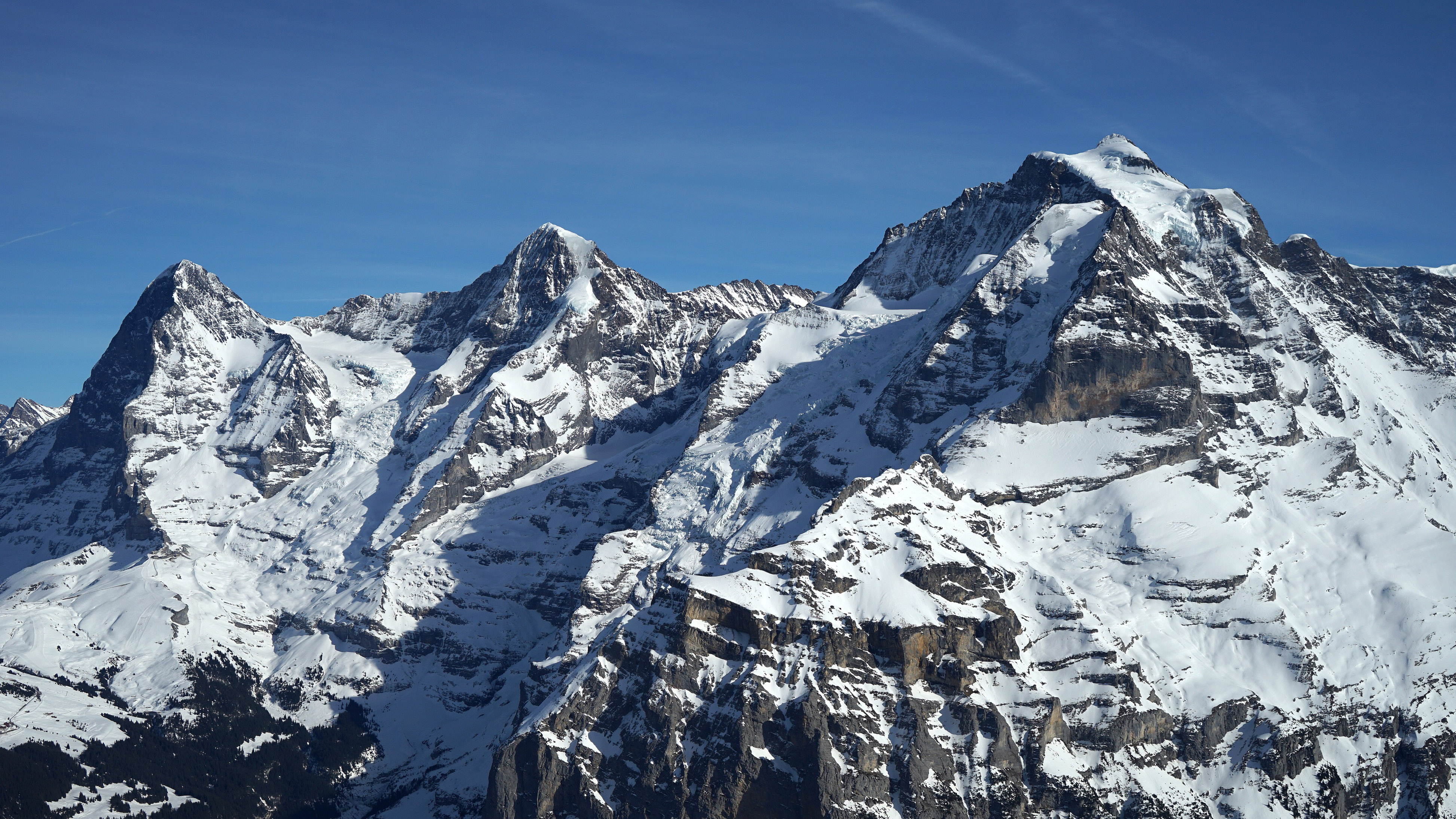
The prodigious Swiss talent Nicolas Hojac (born 1992) specializes in speed ascents of technical mountain walls. In his youth, he became one of the youngest people to successfully complete the alpine north face trilogy of the Matterhorn, Eiger and Grandes Jorasses. Back on the Eiger, he set a new speed record in 2015 on the iconic North Face, alongside Ueli Steck, ascending in just 3 hours and 46 minutes.
Alex is a freelance adventure writer and mountain leader with an insatiable passion for the mountains. A Cumbrian born and bred, his native English Lake District has a special place in his heart, though he is at least equally happy in North Wales, the Scottish Highlands or the European Alps. Through his hiking, mountaineering, climbing and trail running adventures, Alex aims to inspire others to get outdoors. He's the former President of the London Mountaineering Club, is training to become a winter mountain leader, looking to finally finish bagging all the Wainwright fells of the Lake District and is always keen to head to the 4,000-meter peaks of the Alps. www.alexfoxfield.com
